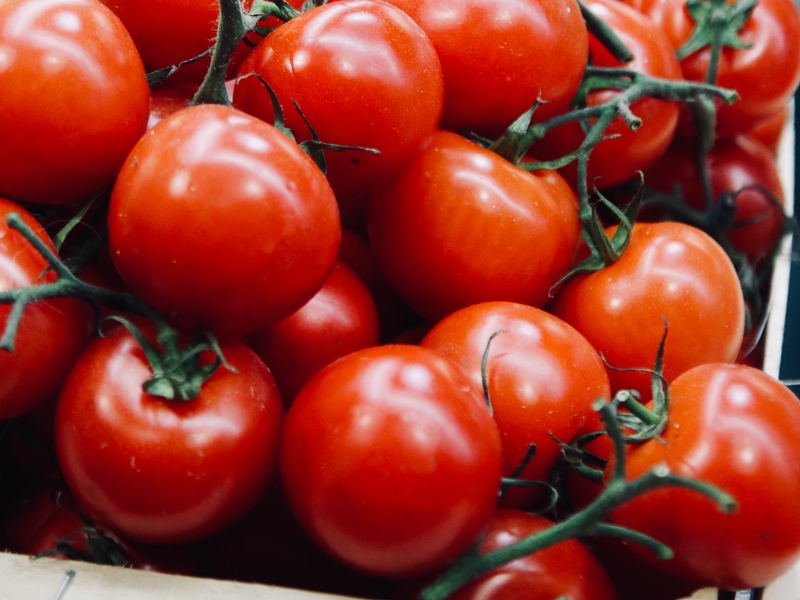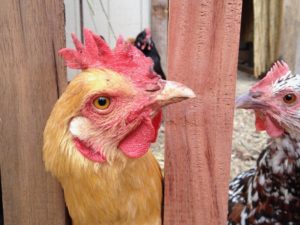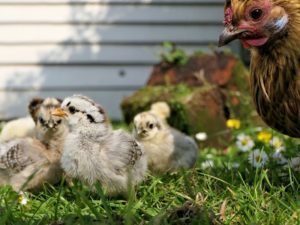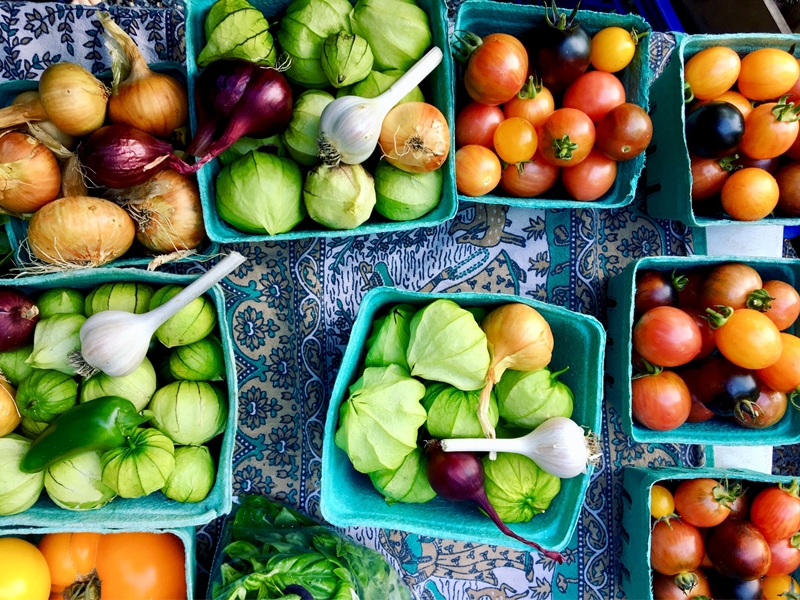The Power of Cultivating Vital Life Skills
By Nicole Newell, Sustainable Landscaping Program Manager
As the Sustainable Solano team was preparing for some time off in July to renew and recharge, we had the perfect opportunity for a reminder on taking care of ourselves. On July 13, Anne Freiwald gave a presentation on how to restore the resource of self by cultivating vital life skills. Anne is a passionate personal health and permaculture educator and holds a master’s degree in public health.
These vital life skills are familiar, but what was intriguing was how Anne provided examples of parallels relating to nature and our bodies. One example is how a garden requires mulch to build organic matter in the soil, and our body requires fiber for a healthy gut. She also gave specific techniques on how to calm our systems during stressful situations with our breath. Prior to her presentation, I thought of these skills as an exhausting never-ending to-do list. Shifting to thinking about these areas as skills felt empowering because it provides power in our choice. At times, this world can be overwhelming, but we do have the power to choose to put our energy in strengthening our systems.
View and print your own copy of Anne’s Vital Life Skills Mandala here.
Here are a few highlights from the talk:
Breath
Where do you breathe? Shallow in your chest? Or deep diaphragm breaths? Breathing slowly helps us respond with a calm system during stressful moments. So often during the day it is easy to get lost in the many tasks and to forget to pay attention to breath. When feeling stressed, just take a few minutes to get into the moment by
• Taking 5 deep diaphragm breaths
• Inhale to the count of 5 seconds
• Exhale to the count of 10 seconds
This technique helps to slow our systems down so we can move through this life in a peaceful state of mind.
Sleep
How is your sleep? Do you turn off all devices two hours before bedtime? Turning off devices two hours before bedtime drastically helps with getting a good night’s sleep, we all know this. Nevertheless, it is difficult to break the habit of zoning out: playing games on the phone, watching hours of news, getting lost on YouTube or binge watching Netflix (I highly recommend Self Made and Anne with an “E”!). It is unrealistic to be perfect with this rule, but Anne invited us to consider turning off devices when a good night’s sleep is needed.
Awe & Nature
What in life makes you speechless? Finding something larger than yourself helps to adjust your thinking in order to see things differently. Seeing the larger picture can help to put individual experiences in perspective. It could be as simple as taking a few minutes each day to lie on the ground and look at the sky, a moment to feel insignificant and be in awe of something larger. Anne recommended spending 20 minutes at least once a week just sitting outside in nature, a backyard, or a park. Twenty minutes is the baseline, as this is the time it takes for the creatures to adjust to your presence. You then become part of the landscape while they continue to go about their activities with you being there, giving you a chance to observe.
Creativity
Are you creative? This is not about being an artist. Of course having an art project is one way to be creative. Anne invited us to think about creativity in a way that we look at our daily problems. For example, how do we get creative in finding ways to connect during social distancing? Yesterday I saw two women sitting 6 feet apart at a garden with masks on just chatting.
Connection
Do you have at least one person that you can confide in and love? During the presentation Anne replaced the term “social distancing” with “spatial distancing.” She emphasized the importance of connecting with people during this pandemic and to stay physically distant but not socially distant. Finding at least one person in this world to confide in and love leads to many health benefits.
Know
What supports you thriving in your life? Decide where you want your energy to go, and then prune out the areas where energy is wasted. In nature, Anne gave the example of pruning a tomato plant. When you prune tomatoes, the plant will have fewer tomatoes but they will be larger and more nutritious. When you are overwhelmed, Anne invited us to look where we want our energy to go, and then begin pruning the areas that need to be removed. That is powerful! Another exercise Anne gave was to answer the question: Who I am in 12 words? Just by giving words to that question, it is a reminder of who you want to be. This is a living question that can fluctuate, or it can be a simple reminder of the person you are.
Boundaries
What is OK? What is not? Anne asked us to begin with the generous assumption that everyone is doing the best they can, which allows a space for compassion when creating boundaries. In nature, Maximillian sunflowers are a boundary that deters deer from entering a property. What a great visual! Rather than putting up walls with people, the question is how can we get creative and make a boundary that is both beautiful and functional within our personal life.
Nourishment
This is not about eating. It is about what nourishes our gut. The garden needs mulch and our gut needs fiber! Most of us do not get enough fiber in our daily diet. At least two of our feel-good neurotransmitters (serotonin and dopamine) are made in our gut. Taking care of our gut will help us feel happy, calmer and more focused.
Movement
What activities do you like to do that require movement? The heartwood of a tree helps to provide support to it. The heartwood needs wind to strengthen, and we need movement. Make it a priority to move at least 20 minutes a day. Again, looking at this as a skillset as opposed to an obligation can allow you to proceed stress-free!
The hope is that by incorporating these vital life skills they eventually turn into daily habits that strengthen us and provide energy to do our work in the world from a clear, balanced place.
Anne Freiwald and Lydia Neilsen will lead Sustainable Solano’s new Permaculture Design Certificate course starting in January. Learn more about that course here and keep an eye on our future newsletters for updates and an exciting free introductory class this fall!
Enjoy the talk? Take this survey to help us determine future classes.
The Solano Sustainable Backyards program and the talk are generously funded by the Solano County Water Agency.







